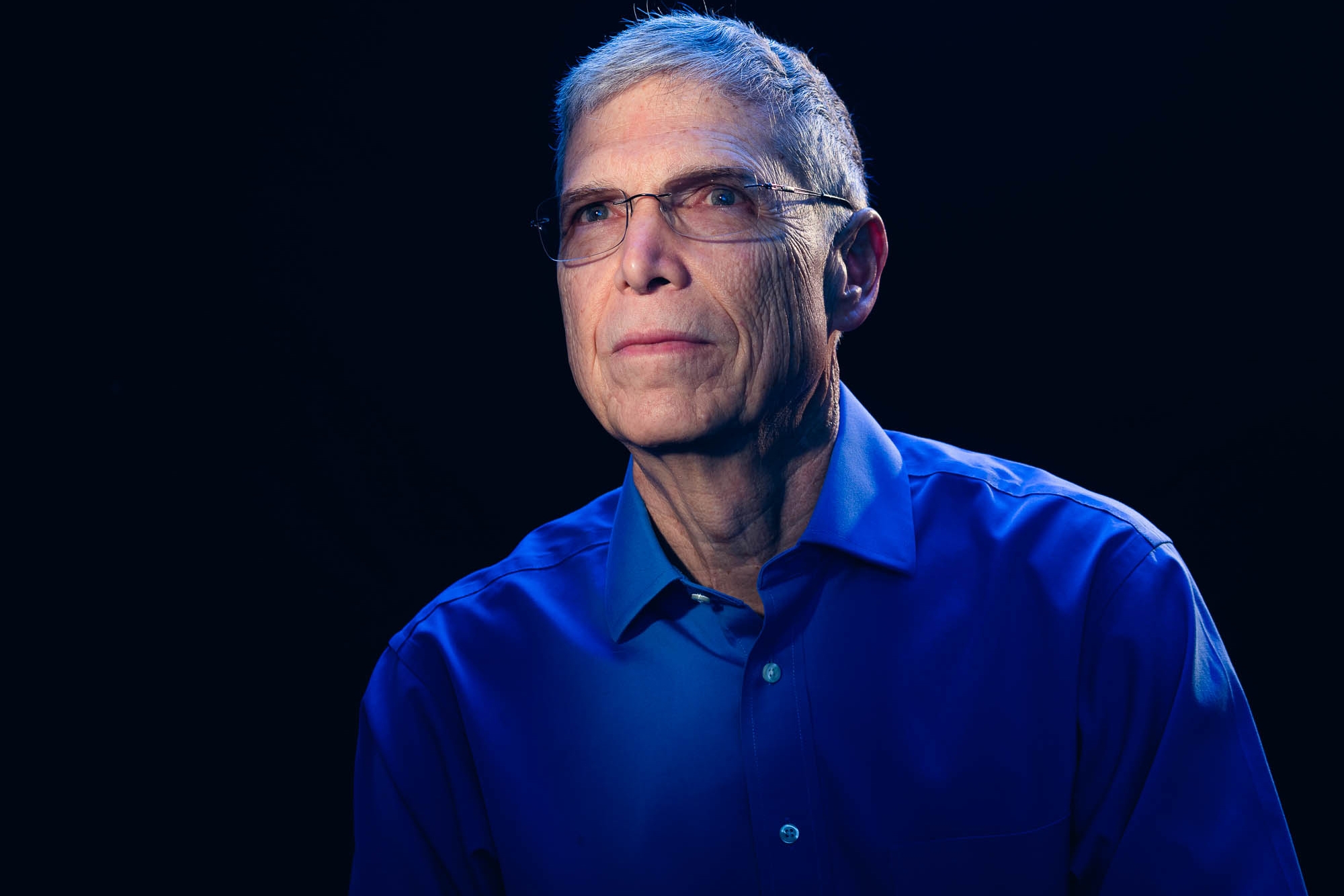
Physicist Gary Horowitz receives 2023 Einstein Prize from the American Physical Society
Among the weightiest problems in physics today is the matter of gravity. One of the four fundamental forces of nature alongside the weak, strong and electromagnetic forces, gravity alone has no quantum explanation, making it a missing link in the quest for a “Theory of Everything” — a coherent description of the universe that unifies both classical and quantum physics.
Which is all the more reason advancement in the direction of this ultimate theory is cause for celebration. And that is certainly the case for UC Santa Barbara physics professor Gary Horowitz, who is the recipient of the 2023 Einstein Prize from the American Physical Society. Awarded by the organization in recognition of “outstanding accomplishments in the field of gravitational physics,” the Einstein Prize was given to Horowitz for “fundamental contributions to classical gravity and gravitational aspects of string theory.”
“We’re proud to congratulate Gary on this recognition of his exceptional work,” said Claudio Campagnari, chair of the Department of Physics at UC Santa Barbara. “His findings have been fundamental to progress on some of physics’ most difficult problems.”
“I am delighted to receive this award, but it wouldn’t have been possible without the wonderful collaborators I have had at UCSB,” Horowitz said. “In fact, UCSB is the only university with two Einstein Prize winners: my colleague Jim Hartle won this award in 2009. All of the previous winners are people that I admire and to be placed in their company is indeed a great honor.”
According to UCSB physics colleague and fellow theorist Donald Marolf, Horowitz’s most important contribution “was really to change the direction of string theory research over the long term to allow it to address a variety of new questions.” String theory, he explained, emerged in the 1980s in an effort to address one of the main tensions between Einstein’s theory of general relativity and quantum mechanics: When applying quantum mechanics to general relativity, relativity falls apart at distances shorter than the Planck scale, which at 10^{-33}cm is the smallest length of anything in the universe. At that scale, quantum effects are thought to dominate, including quantum gravity.
String theory predicts 10 dimensions, which include the three space dimensions we are familiar with (length, width, height) and six more dimensions so tiny that current technology can’t resolve them, plus time. Horowitz’s work helped to merge concepts and techniques of gravitational physics with existing techniques of string theory, paving the way toward finding answers to emerging questions of gravitation.
Thanks to his efforts, string theory evolved to also be able to address another main tension between relativity and quantum mechanics: the black hole information paradox. It’s a puzzle involving what happens to information when it falls into a black hole. In the 1970s Stephen Hawking found that black holes aren’t forever — they evaporate, albeit ever so slowly, shrinking over time until nothing, including what got sucked into those black holes, remains. That, however, flies in the face of quantum mechanics, which states that no information is ever lost. But in recent years, thanks in large part to advances enabled by Horowitz, physicists have made major strides toward resolving that tension.
“It is now very clear that Hawking’s prediction is modified so that information does come out from black holes when they evaporate, and we are beginning to understand more of how that works,” Marolf said.
A Distinguished Professor of Physics at UC Santa Barbara, Horowitz received his B.A. in physics at Princeton University in 1976 and his Ph.D. in physics at the University of Chicago in 1979. He conducted postdoctoral work at the Mathematical Institute in Oxford and was a member of the Institute for Advanced Study at Princeton before joining the faculty at UCSB in 1983.
According to APS, Horowitz “played a key role in the discovery of Calabi-Yau spaces (a way to compactify string theory), extended black holes called black branes, the string-black hole transition and holographic superconductors (a way to relate general relativity and superconductivity).”
Horowitz has been a recipient of the Xanthopolous Prize, and is a member of the National Academy of Sciences, the American Academy of Arts and Sciences, and the American Physical Society.
Sonia Fernandez
(805) 893-4765
sonia.fernandez@ucsb.edu



